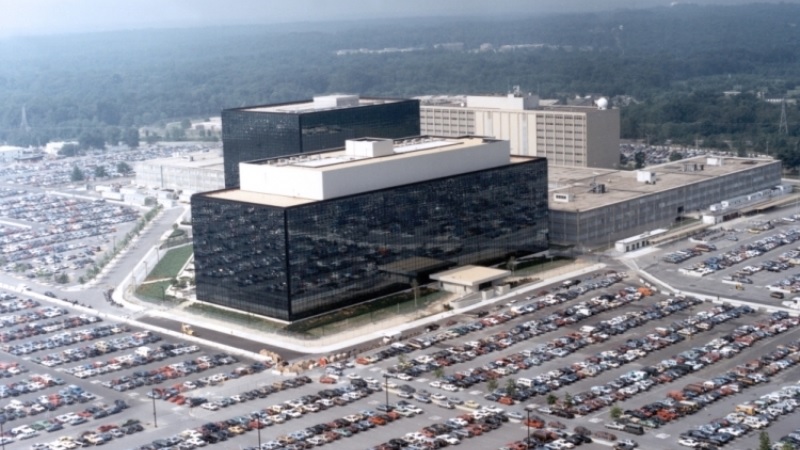Considerable policy analysis has been devoted to bilateral strategic relationships between Pakistan and India, India and China, and China and the United States. But the strategic dynamics among these four nuclear powers cannot be understood or effectively addressed on a strictly bilateral basis. While Pakistan responds strategically to India, India responds both to Pakistan and China, which in turn responds both to India and the United States.
A 15-month Brookings project focused on the “strategic chain” linking Pakistan, India, China, and the United States—a series of relationships that are resulting in some of the most active nuclear weapons, missile, and missile defense programs anywhere in the world today. The project’s main goal was to identify policies and measures that could promote stability and reduce incentives for arms build-ups between key pairs of protagonists, regionally, and globally, while also contributing to a better understanding of the various strategic interconnections among these four nuclear-armed states.
The project brought together a distinguished group of former senior diplomats and military officers and prominent non-governmental security experts from the four countries. In the course of three workshops, they shared their national strategic perspectives, discussed the strategic connections among the four states, and explored various approaches to reducing tensions and the likelihood of armed conflict. They prepared a report in which scholars from each country addresses his country’s security environment, threat perceptions, and defense doctrine and in which areas of convergence and divergence in the four countries’ strategic perspectives are identified.


















